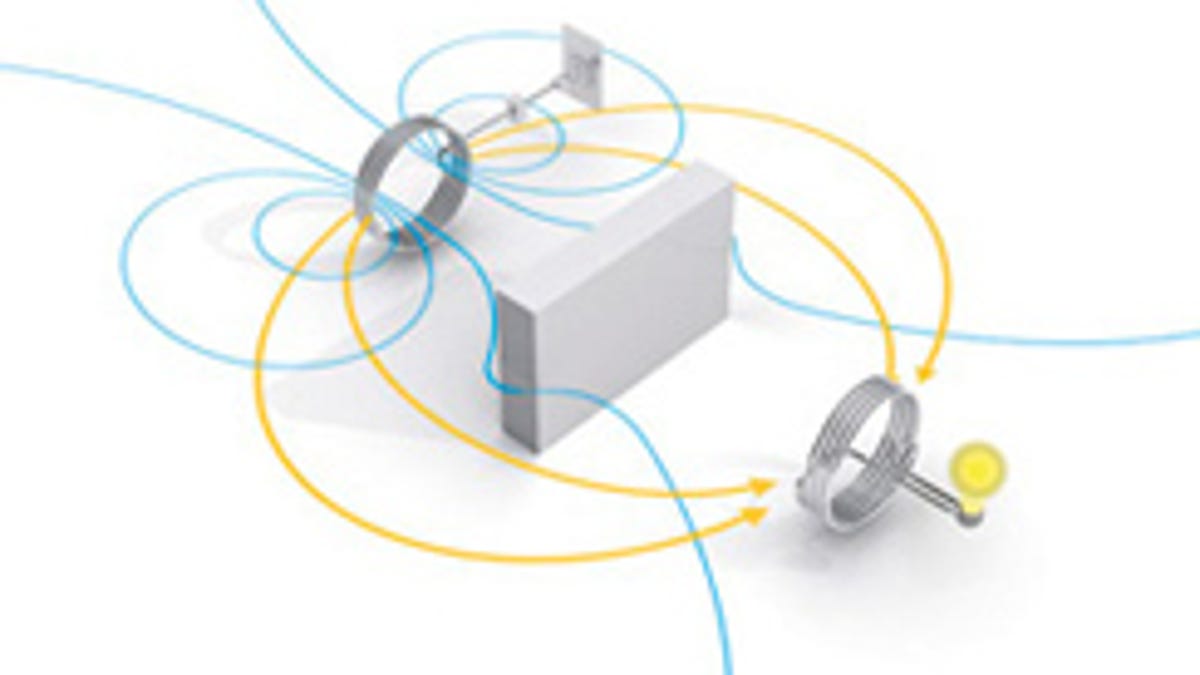Toyota invests in wireless car charging
Deal signed to develop WiTricity's resonance wireless charging for vehicles that requires no point of contact.

Charging your hybrid or electric car may someday become as simple as pulling into the driveway.
Toyota Motor has invested in and has signed an agreement with WiTricity to collaborate on a wireless automotive charger that doesn't need any point of contact to charge a car's battery, Toyota said yesterday.
WiTricity has developed technology that could eventually enable a plug-in electric or plug-in hybrid vehicle to be charged by simply parking the vehicle in the vicinity of a car charger embedded with a special device.
The Mass.-based company has already been developing the technology for consumer electronics like cell phones, laptops, game controllers, and TVs. Now with the help of Toyota, WiTricity hopes to bring its technology to cars like the Prius.
Toyota "believes that resonance wireless charging is suitable for automobiles and aims for its early practical use," the carmaker said in a statement.
Unlike electromagnetic-induction wireless chargers that require a special mat or cases for things like cell phones to make contact with the electricity source, WiTricity's resonance wireless charging system does not require contact.
WiTricity uses something called highly coupled magnetic resonance. The charger, directly connected to AC power, has a magnetic resonator that generates a magnetic near field. An embedded "capture device" in the item to be charged (in this case a car) then receives a transfer of electric power from that magnetic near field to which it's specifically attuned. The power via that magnetic near field can be delivered over distance, through obstacles like walls, and even to multiple devices simultaneously.
The company says its akin to the resonance that takes place when an opera singer shatters a glass. A glass can absorb sound waves generated by the singer at a certain frequency, depending on the thickness, shape, and size of that glass. Under specific conditions that specific glass is attuned to the same frequency as the singer's voice and it absorbs the sound energy to the point of mechanical vibrations in the glass, sometimes even to the point of shattering. Other objects, even other glasses, in the vicinity, meanwhile, remained unaffected.
"WiTricity power sources and capture devices are specially designed magnetic resonators that efficiently transfer power over large distances via the magnetic near-field. These proprietary source and device designs and the electronic systems that control them support efficient energy transfer over distances that are many times the size of the sources/devices themselves," the company said in a statement.
This method of wireless charging is also more efficient than electromagnetic-induction, according to WiTricity.
Toyota is not the first high-profile automaker to express an interest in wireless charging. In January 2010, General Motors announced at from CES that it was partnering with Powermat to offer wireless charging for the Chevy Volt interior that would allow consumers to charge items like cell phones by simply placing them on the dashboard. However, that technology is for charging electronic devices, and not the car itself.

